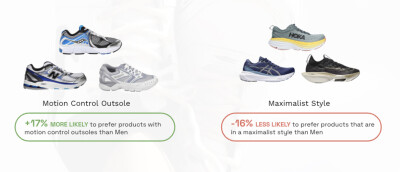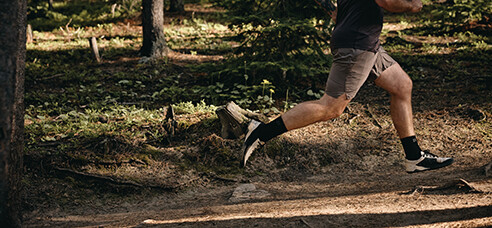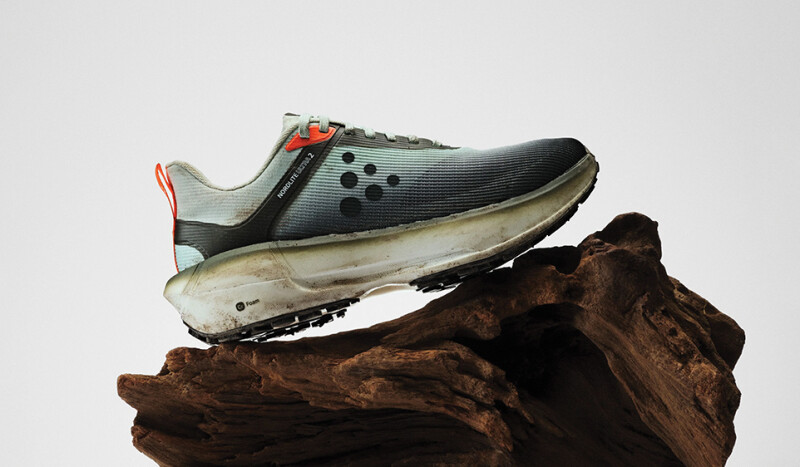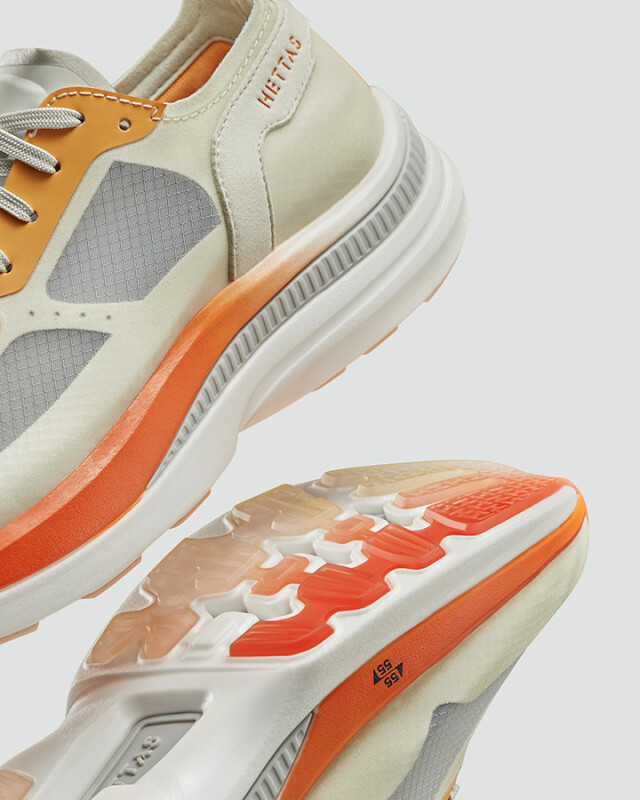Brands are (finally) paying attention to the unique behaviors, preferences and motivations shaping the female running market. MakerSights’ recently released Female Runners Report sheds light on what women runners care about and highlights critical considerations for brands designing run products for women.
The Rise of the Female Runner
A notable shift in the running community is the influx of women new to the sport. Women are 62 percent more likely than men to have started their running journey within the past year, signaling a growing interest in the activity. However, their engagement patterns differ slightly. Women are less likely to run daily and nearly 33 percent more likely to be once-a-month runners.
How to Win...
Capitalize on the growing influx of new female runners by offering products and programs tailored to their needs and habits. Highlight beginner-friendly gear and educate on the benefits of running more frequently (acknowledging that for women time is often their biggest blocker to running more frequently).
Why Women Run
Running is more than just exercise for women — it’s about transformation and connection. Women are 23 percent more likely than men to start running for weight loss and 27 percent more likely to continue running for mood improvement. Community also plays a critical role; women are 52 percent more likely to cite building connections as a motivator, even if they don’t actively participate in group runs.
These insights show that running serves as both a physical and mental outlet for women. Brands that align with these motivations – focusing on health, happiness and belonging – can establish more authentic connections with their audience.
Designing for Women: A Growing Trend
Historically, many running products for women were designed with a “shrink it and pink it” approach — modifying men’s products to fit women. However, the conversation is evolving. At The Running Event 2024, industry leaders emphasized the importance of designing specifically for women, addressing their physiological and stylistic needs from the ground up.
Women’s preferences for running shoes mostly align with general trends, but there are some key differences:
• Motion Control: Women are +17 percent more likely than men to prefer shoes with motion control outsoles, emphasizing the need for comfort and support.
• Aesthetics: 52 percent of women prefer mix-and-match colors compared to 44 percent of men, making women nearly 20 percent more likely to favor this styling. This highlights their stronger preference for bold, adventurous designs over men.
Beyond footwear, apparel preferences stand out as a key differentiator. Women are just as likely as men to shop for apparel alongside their shoe purchases, with over half saying they do it occasionally, and nearly a fifth making it a regular habit. However, their preferences lean heavily toward certain items:
• Women are far more likely to purchase tank tops and performance underwear compared to men, showing a focus on apparel that supports both comfort and functionality.
• When it comes to apparel brands, women take a more selective approach. They trust their favorite shoe brands for footwear but turn to specialized clothing brands for their apparel needs.
How to Win...
Abandon the outdated shrink it and pink it model and design products specifically for women from the ground up. Address physiological differences with supportive footwear and apparel while offering style-forward options that balance function with aesthetic appeal.
Where Women Shop and
Why It Matters
When it comes to shopping for running shoes, women display distinct behaviors.
• Women’s running shoe habits paint a picture of thoughtful, brand-focused shoppers. Nearly 60 percent have snagged two or three pairs of running shoes over the past year and they’re most likely to head to brand-specific retailers and outlets to get them. These aren’t just the places they shop most, but also where they feel most at home buying their running gear.
• When it comes to loyalty, about half of women are either somewhat or very loyal to their go-to brands, but they’re 20 percent more likely than men to declare themselves extremely loyal. For them, running shoes aren’t just about comfort; they’re about commitment to a brand they trust.
• Unlike men, women tend to reserve their running shoes for specific activities. They’re less likely to wear them for other sports, instead favoring them for gym workouts or fitness classes. Around the house, though? Not so much. But when it comes to running errands, their trusty sneakers are the go-to choice.
How to Win...
Double down on brand-specific retail experiences that foster loyalty and provide specialized service. Invest in in-store expertise and tailored online experiences to meet women where they shop, ensuring trust and quality are at the forefront.
Marketing to Women: What Works
Women’s preferences for product discovery align closely with men’s, with online reviews and YouTube ranking as top sources. However, social media plays a bigger role for women, who are 32 percent more likely to rely on platforms such as Instagram and TikTok for finding running products.
This trust extends to influencer and athlete endorsements, which women value 30 percent more than men. Authenticity and relatability are key, as women want to see real people – athletes or otherwise – using and recommending products they genuinely believe in.
Still, simplicity in brand messaging remains crucial. Women, like men, prefer straightforward communication that highlights basic features, benefits, and testimonials, along with clear imagery of the product in action.
How to Win...
Lean into authenticity and relatability by collaborating with influencers, athletes and real customers who genuinely use and love your products. Prioritize social media as a discovery platform and craft straightforward messaging that emphasizes benefits, testimonials, and the product in action.
The Opportunity Ahead
The growing presence of female runners represents more than just a demographic shift — it’s a call to action for brands to prioritize female needs. From designing products tailored to women’s bodies to creating marketing campaigns that reflect their motivations and preferences, there’s a clear opportunity to build lasting loyalty.
The importance of understanding the female runner is undeniable — and the brands that innovate and connect authentically with women will win their loyalty and set themselves apart in the marketplace.
At MakerSights, we’ve seen firsthand how brands that listen to female runners and incorporate their feedback into product and marketing decisions reap significant rewards. Women’s preferences for bolder, mix-and-match sneaker colors (nearly 20 percent more likely than men) just scratch the surface when it comes to understanding women’s preferences for run footwear and apparel.






